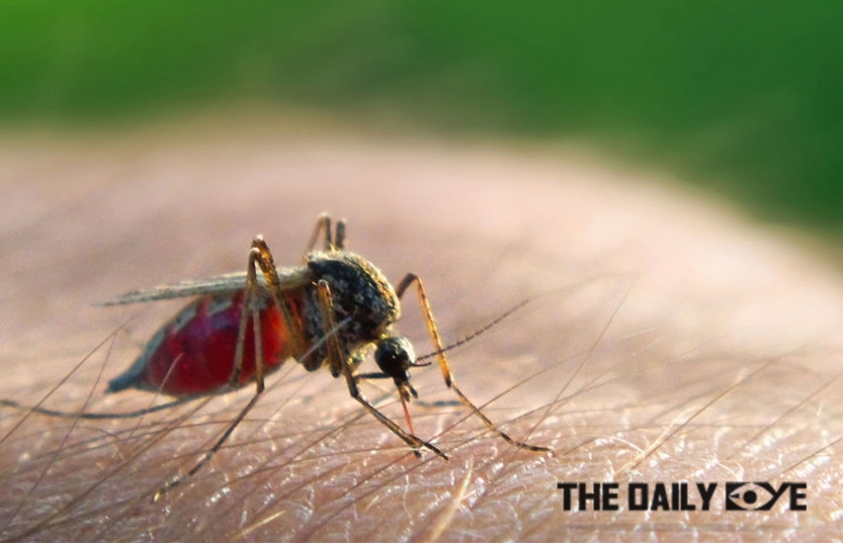
Mosquito Maladies
by Revati Tongaonkar August 22 2017, 6:26 pm Estimated Reading Time: 2 mins, 31 secsThe days when malaria could be called a fatal disease are past now, but we still have a long way to go.
Research towards combating the disease has evolved at a tremendous pace. The disease has traditionally been thought to have been caused by the motions of stars in the sky, or by demons; in fact, till the mid-nineteenth century it was believed that malaria was the product of stinky fumes that drifted into homes from nearby swamps. Today, we know who the culprit is- the unassuming mosquito. Medical science has come far from subjecting victims to orthodox methods such as bloodletting.
The progress is visible in the statistics- where malaria was responsible for almost 8,70,000 deaths in the year 2000 alone, the figure has come down to 4,29,000 as of 2016, and the disease is mostly concentrated in Africa and South East Asia. The numbers are still too high, but a 50% reduction in 15 years is too big a miracle to have been achieved.
The primary reason such advancement could be achieved was because of a rise in global commitment and cooperation towards fighting the disease. Malaria funding rose by almost 1000% from the years 2000 to 2015. This enabled research and subsequent scientific breakthroughs, delivering them at a scale unmatched before. Control and treatment both were focused on equally propelling the war against the illness forward. Thanks to joint efforts made by governments and NGOs, several places have insecticidal beds in use now, and new treatments are rapidly helping people diagnosed with the most severe cases of malaria.
In 2005, Bill and Melinda Gates first called for malaria eradication programs. It was a controversial call, but the progress made then has let us come this far. Today, almost ten years later, the WHO plans to begin pilot demonstration projects of a first-generation malaria vaccine in the sub-Saharan area from 2018 onwards. These, however, can currently only protect a child for less than six months without a booster dose. Apart from this, there are several innovations in development right now, such as:
- Insecticide-treated bed nets: Long-lasting mosquito that nets can be washed when dirty, and protect people for almost three years.
- Research against drug resistance: Fighting against the malaria parasites that have developed a resistance to the drug combinations being used to fight them.
- Disease mapping: Using anonymous data from mobile phone records, scientists are using data on malaria incidence to track the movements of infected mosquitoes, helping countries use their limited resources well in places that have the highest incidence of malaria.
- Eaves tubes: Houses in tropical climates usually have a gap between the roof and walls to keep the inside cool. By sealing these gaps using special tubes, air still flows into the house, but keeps mosquitoes out.
- Genome editing: Scientists are trying to edit the genetic code of mosquitoes to render them infertile, or at least unable to carry the malaria parasite.
- Targeted baits: Female mosquitoes only bite people when they are breeding, and rely on sugar for energy. Sugar-coated traps with minimum-risk toxins help bait and kill almost 95% of the mosquitoes.




-173X130.jpg)
-173X130.jpg)
-173X130.jpg)
-173X130.jpg)
-173X130.jpg)
-173X130.jpg)

-173X130.jpg)